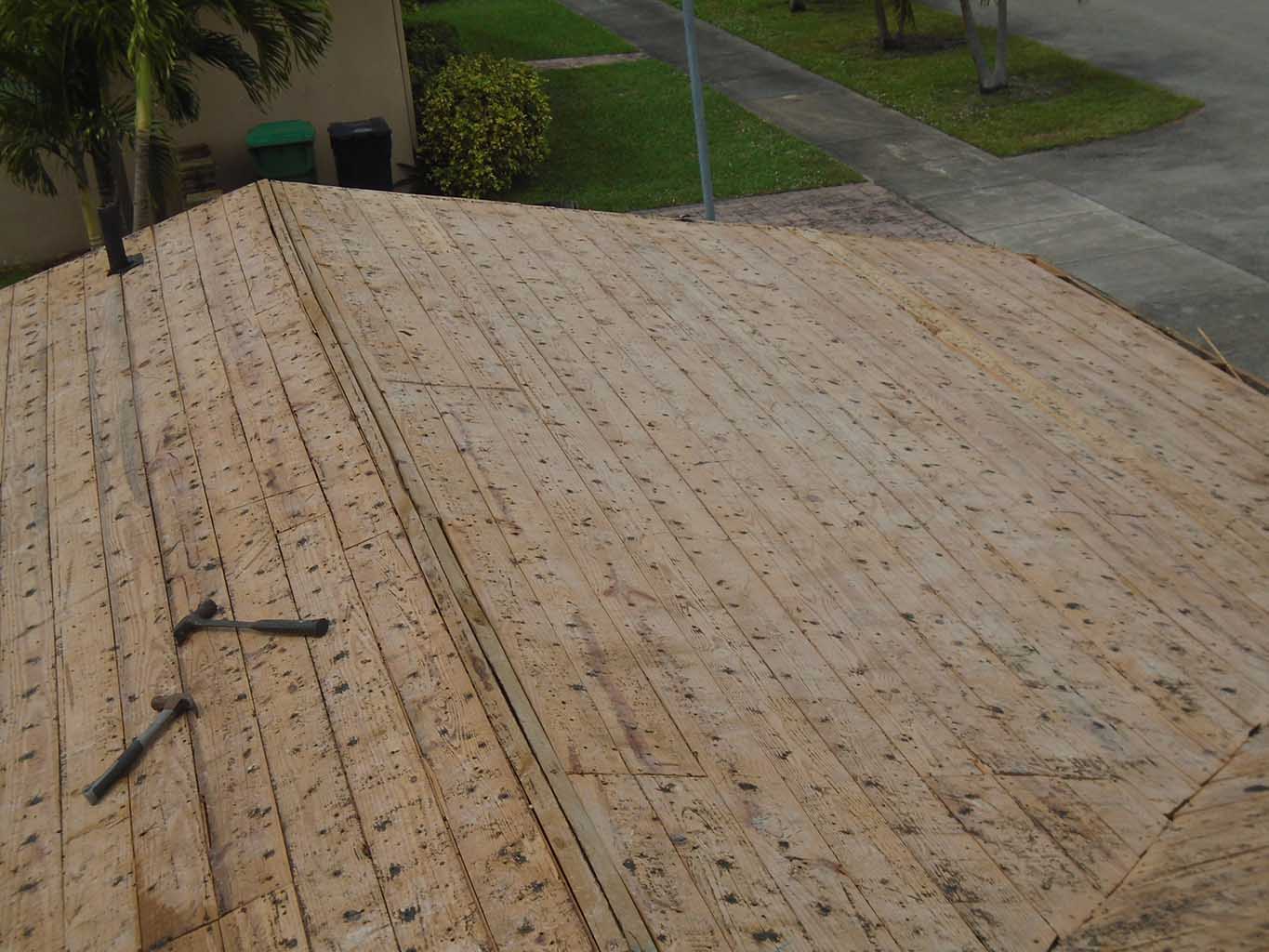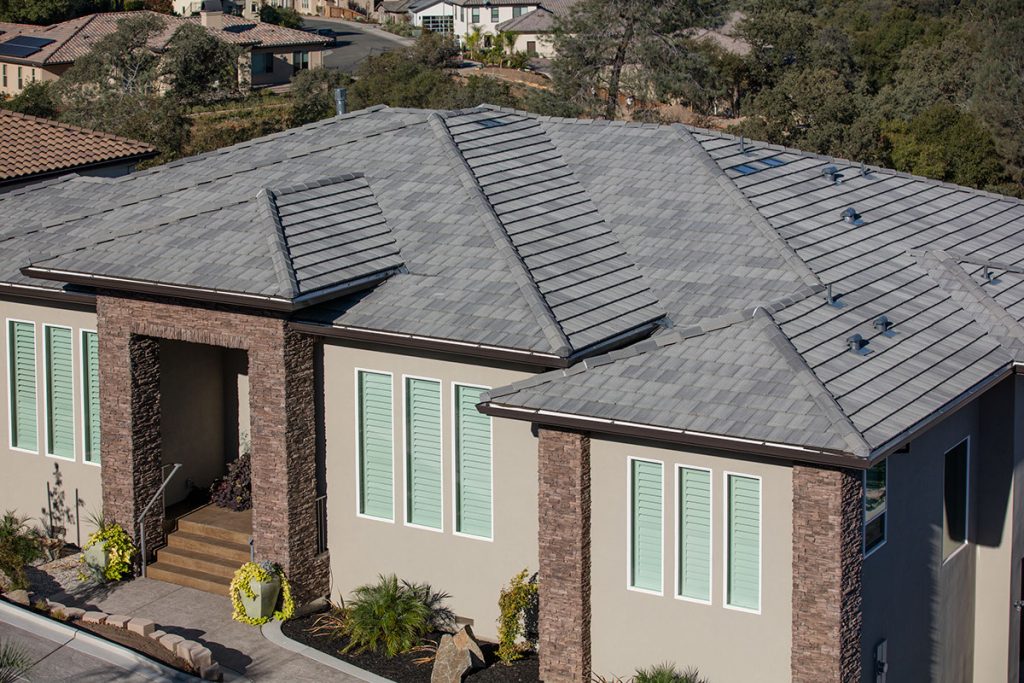

Both were available in many colors including a popular Spanish Red but white became the dominant choice and was considered more contemporary, fitting the Art Deco style. The signature look of clay tile in Miami was born.ĭuring the forties and fifties two types of concrete tile roofs became very popular – 9″ flat and pan & cap barrel. Knowing this, Merrick went to Spain and salvaged the ruins of estates and monasteries there. Merrick went to Cuba to buy as much as he could and discovered they were hundreds of years old, having originally come from Spain as ship ballast. All of these men utilized salvaged Cuban clay tile. Also in 1920 developer George Merrick began his creation of an “old world” city – Coral Gables. His brother Charles then built The Stone House in 1920 on the Deering Estate at Cutler. Tile Roofs of Miami ViscayaĬlay tile roofs in Miami began at Viscaya, John Deering’s winter home built on Biscayne Bay in 1916. However, they didn’t become popular until decades later as production methods improved. Production by hand prevailed on a small scale well into the 1900s and became available in the U.S.

The invention of concrete roof tiles is attributed to Adolph Kroher in mid-nineteenth century Bavaria. Evidence of clay tile roofs has been found in the settlements of Jamestown, Virginia and St. can be traced to European immigrants, primarily the Dutch of the Northeast in the mid-1650s and Spanish missionaries of California in the early 1700s. Tile roofing originated in China over 10,000 years ago and appeared in the Middle East soon after. Tile roofs are extremely durable, giving homeowners piece of mind knowing it will not rot, has a Class A fire rating and stands up to the area’s salty air and blazing sun. When choosing tile South Florida serves as the perfect sampler where every style imaginable is represented. Residents may find their most useful resource is all around them. Ask ten roofers about tile roofs in Miami, “Who makes the best tile?” You may get ten different answers as they will consider many criteria including strength, price, aesthetics, warranties and technical considerations such as water absorption rates.


 0 kommentar(er)
0 kommentar(er)
